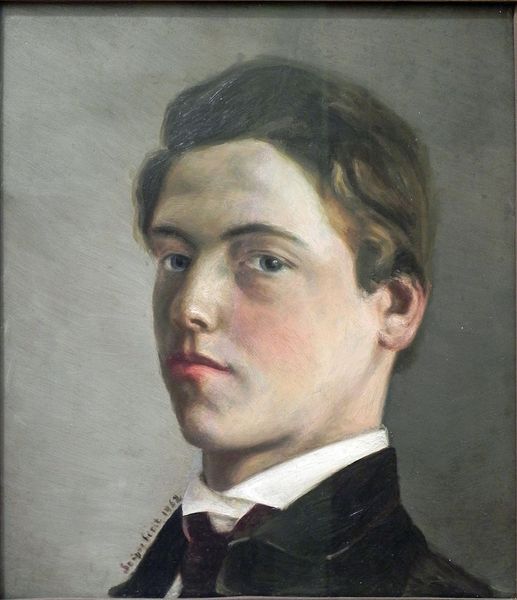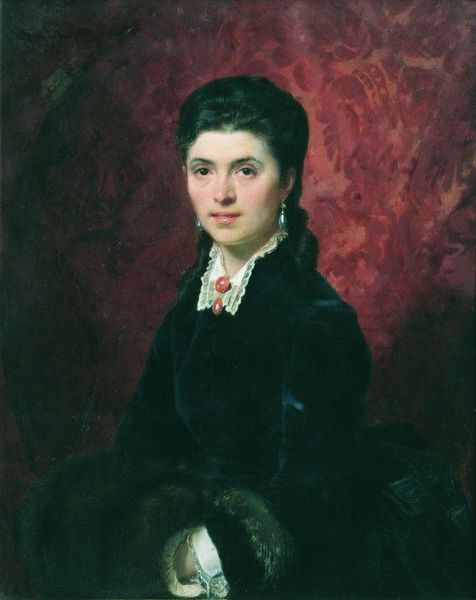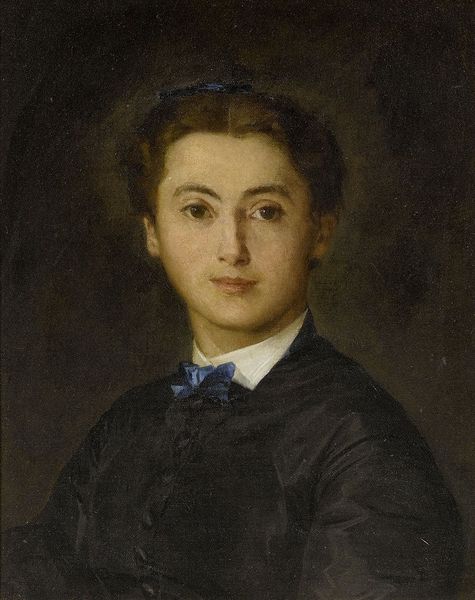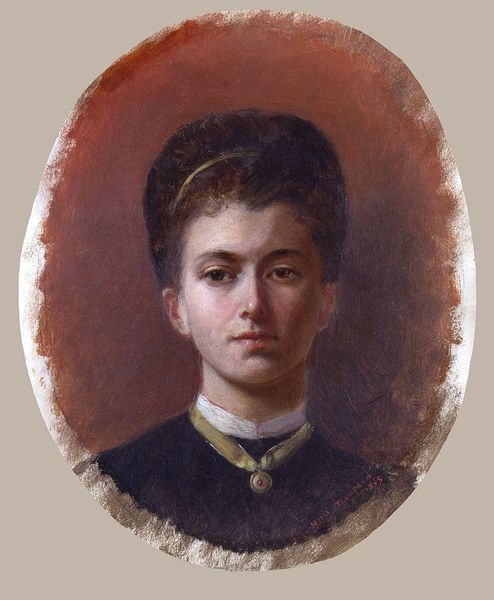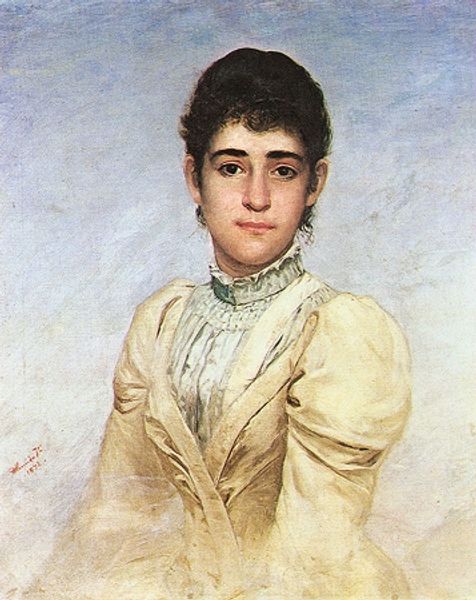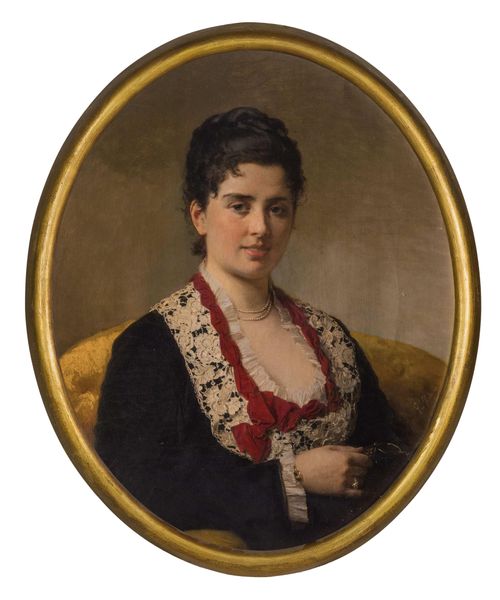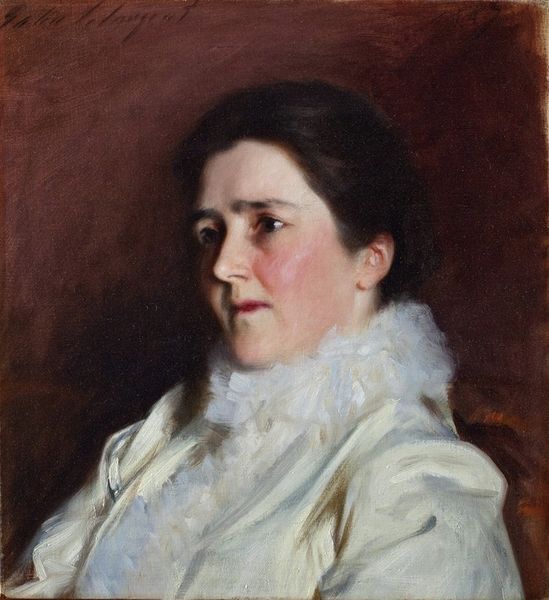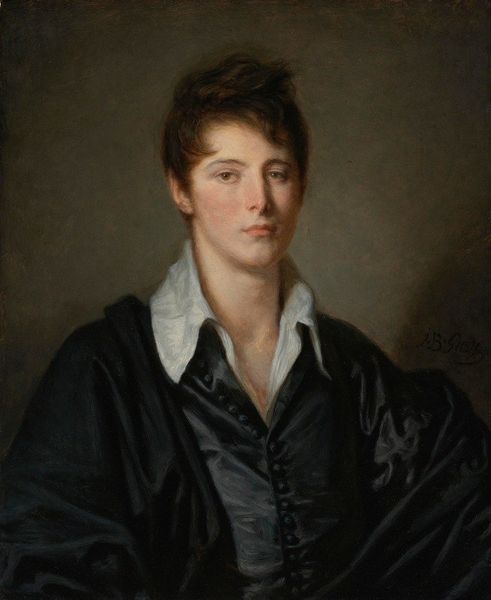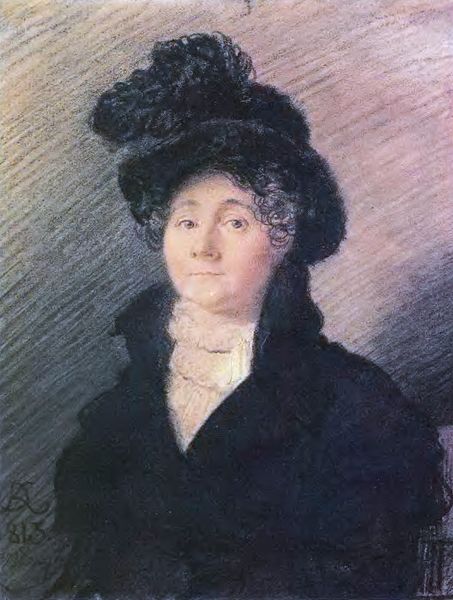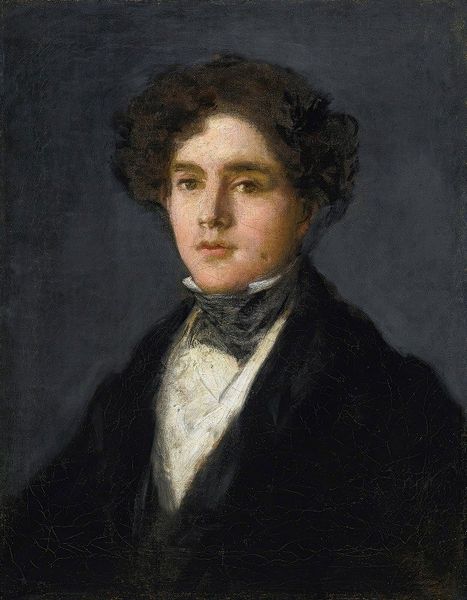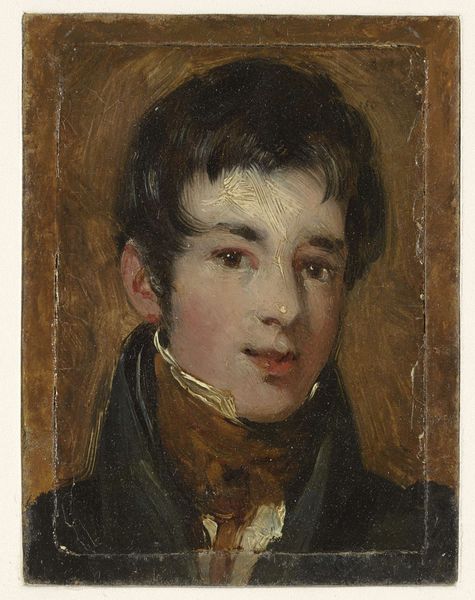
oil-paint
#
portrait
#
oil-paint
#
figuration
#
oil painting
#
romanticism
#
academic-art
Copyright: Public domain
This is Károly Lotz’s “Portrait of Mrs. Sándor,” made in the late 19th century, using oil paint on canvas. Lotz’s traditional approach is evident in the smooth blending of tones and the delicate rendering of Mrs. Sándor’s features. Yet, beyond the surface, we can consider the materiality of paint itself. Pigments are derived from minerals, plants, even insects, sourced from global trade networks. The canvas, likely made of linen, speaks to agricultural practices and textile production. These materials, though seemingly conventional, connect the portrait to a wider world of labor and commerce. Consider too, the social context of portraiture. Mrs. Sándor's attire and composed demeanor reflect her status and wealth, all made possible by the labor of others. By looking closely at the materials and processes of this painting, we recognize the profound impact of economic systems on even the most seemingly straightforward artworks, breaking down traditional distinctions between fine art and craft.
Comments
No comments
Be the first to comment and join the conversation on the ultimate creative platform.
